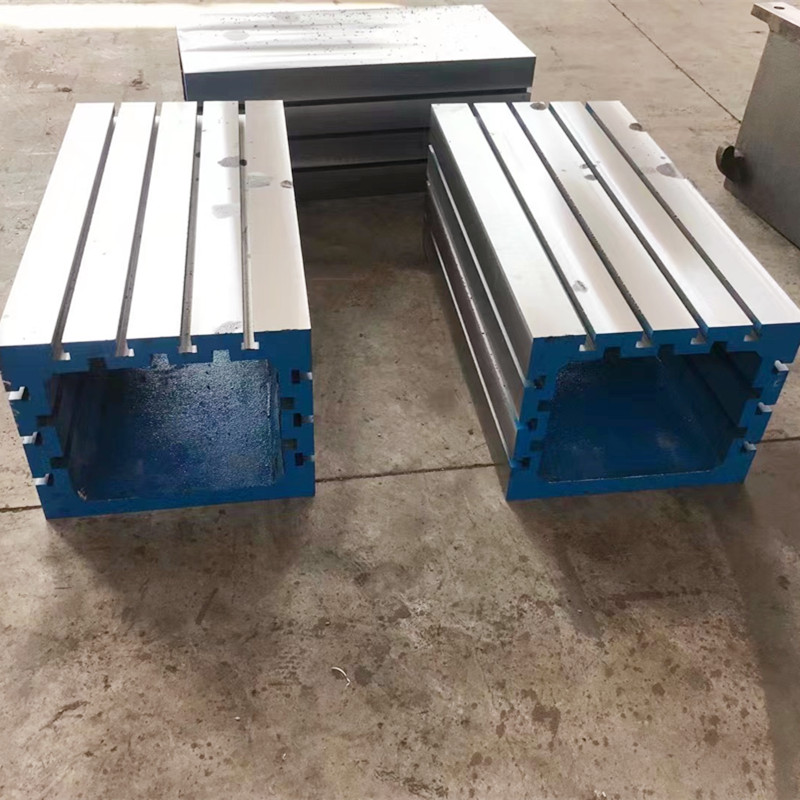Jul . 26, 2024 09:42 Back to list
Exploring Various Categories of Directional Control Valves and Their Applications in Fluid Systems
Different Types of Directional Control Valves
Directional control valves are crucial components in hydraulic and pneumatic systems, controlling the flow of fluid or air to various actuators such as cylinders and motors. These valves determine the path through which the fluid flows, enabling a machine to perform specific tasks. Understanding the different types of directional control valves is essential for engineers and technicians to select the appropriate valve for particular applications. This article explores the main types of directional control valves, their working principles, and applications.
1. Mechanical Directional Control Valves
Mechanical directional control valves are operated manually through levers, knobs, or pedals. They rely on mechanical linkages to shift the valve spool, thus altering the flow direction. Common examples include gate valves and ball valves. The primary advantage of mechanical valves is their simplicity and reliability, making them suitable for applications where precision and control are essential, such as in agricultural machinery or construction equipment.
2. Electro-Hydraulic Directional Control Valves
Electro-hydraulic valves utilize electrical signals to control hydraulic fluid flow. They typically consist of a solenoid that actuates the valve spool. When the solenoid is energized, it moves the spool to change the flow path. Electro-hydraulic valves offer fast response times and the ability to integrate with control systems, making them ideal for automation in industrial settings, such as robotic systems and automotive assembly lines.
3. Pneumatic Directional Control Valves
Pneumatic directional control valves are specifically designed for controlling the flow of compressed air in pneumatic systems. They are typically classified based on the number of ports and positions, such as 2/2, 3/2, or 5/2 configurations. Pneumatic valves can be actuated mechanically, electrically, or pneumatically. They are commonly found in applications like conveyor systems, packaging machinery, and automated assembly processes, where they help control actuators and other devices.
different types of directional control valve

4. Hydraulic Directional Control Valves
Hydraulic directional control valves operate in hydraulic systems and are generally more robust than their pneumatic counterparts due to the higher pressures involved. They come in various designs, including sliding spool valves, poppet valves, and rotary valves. Sliding spool valves are popular for their precise control and versatility. Hydraulic valves are extensively used in construction machinery, agricultural equipment, and manufacturing processes, allowing precise control over the movement and speed of hydraulic cylinders.
5. Servo Valves
Servo valves are sophisticated directional control valves that provide highly accurate control over flow rate and direction, driven by feedback systems. They are often used in precision applications, such as aerospace and robotics, where exact positioning is crucial. Servo valves allow for rapid response to changes in command signals, enabling applications that require fine-tuned motion control.
6. Proportional Valves
Proportional valves are another advanced type of directional control valve that allows for variable flow rates based on input signals. They can adjust not just the direction of flow but also the flow rate, making them suitable for applications requiring variable speed control. Proportional valves are commonly used in mobile equipment, industrial machinery, and any application where load sensing and dynamic control are necessary.
Conclusion
In summary, directional control valves are integral to fluid power systems, with various types designed to meet specific operational needs. Mechanical, electro-hydraulic, pneumatic, hydraulic, servo, and proportional valves each have unique features and applications. By understanding these differences, engineers can choose the right type of valve to ensure efficiency, reliability, and effectiveness in their systems. As technology advances, the development of more sophisticated directional control valves continues, enhancing performance and expanding their range of applications in modern engineering.
-
Why Metric Trapezoidal Thread is Ideal for Precision Motion ControlNewsAug.05,2025
-
The Unique Properties of a Block of Granite for Industrial UseNewsAug.05,2025
-
The Role of Flanged Y Strainers in Preventing Pipeline ClogsNewsAug.05,2025
-
The Importance of Regular Calibration for Master Ring GagesNewsAug.05,2025
-
How a Cast Iron Surface Table Enhances Accuracy in ManufacturingNewsAug.05,2025
-
Comparing Different Check Valve Types for Optimal Flow ControlNewsAug.05,2025
Related PRODUCTS









